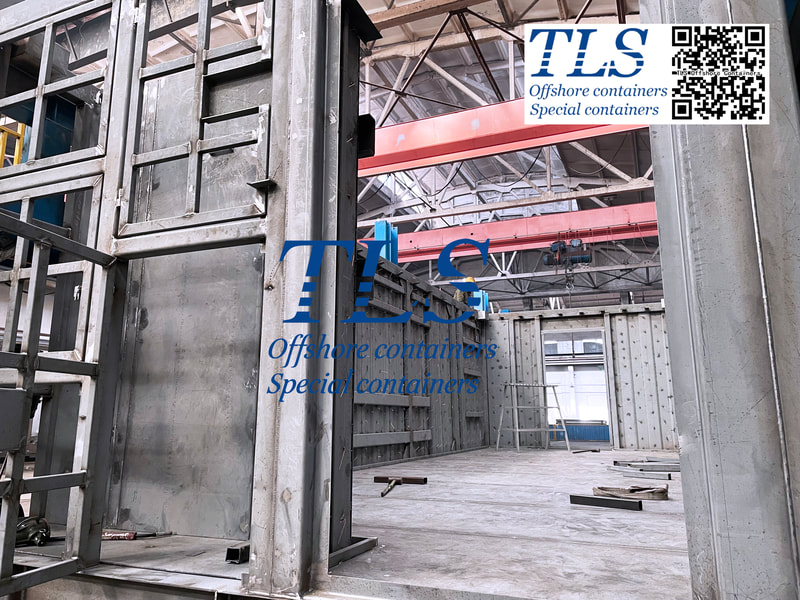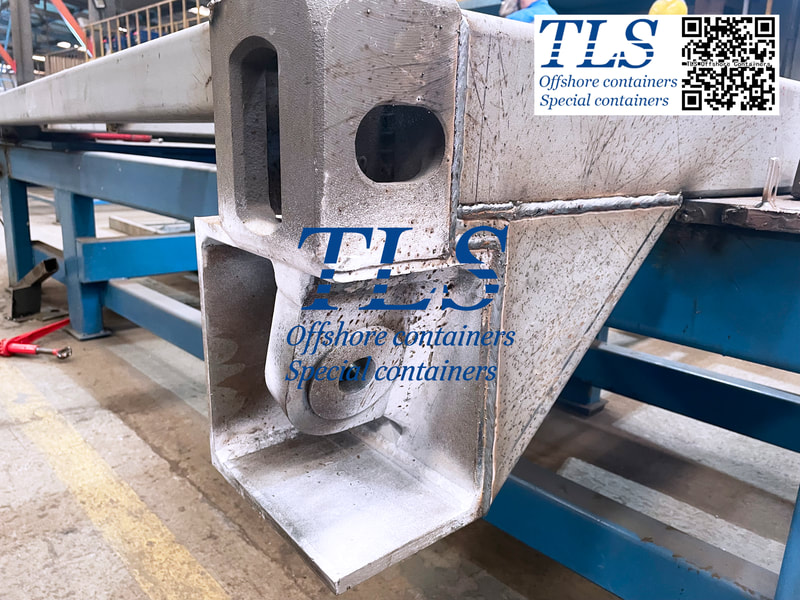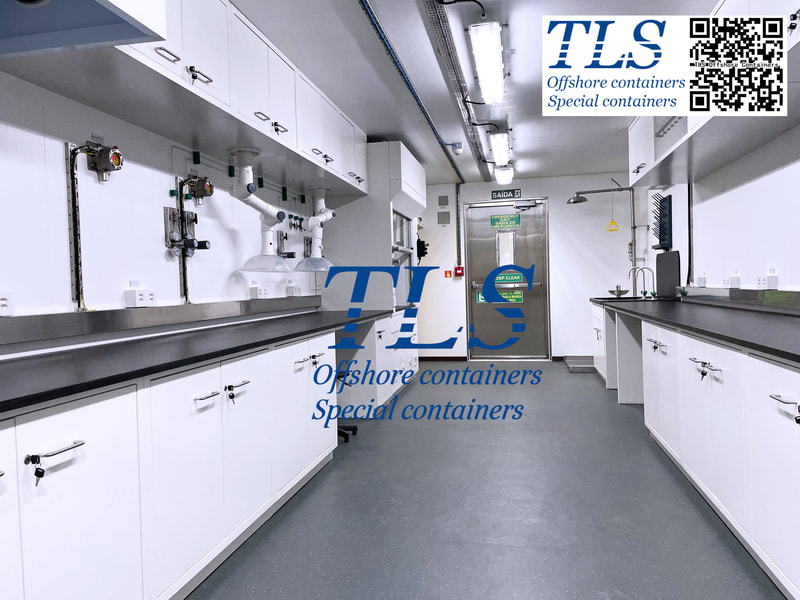|
In various industries, the transportation and storage of hazardous materials and flammable substances demand specialized containers that can guarantee safety. These containers, known as explosion-proof containers, play a vital role in minimizing the risks associated with the handling of dangerous goods. What Are Explosion-Proof Containers? Explosion-proof containers are specially designed for the transportation and storage of hazardous materials. They incorporate a range of unique design and engineering features aimed at reducing the risk of fires and explosions, thereby safeguarding individuals and the environment. Key Features of Explosion-Proof Containers Material Selection: Explosion-proof containers are typically constructed from materials that exhibit excellent resistance to corrosion and fire, helping them withstand chemical corrosion and heat sources. Structural Design: These containers have reinforced structural designs to withstand external pressure and reduce the spread of fires, ensuring their integrity in case of unforeseen incidents. Ventilation Systems: They are equipped with internal ventilation and ventilation systems to rapidly eliminate hazardous gases, thereby lowering the risk of explosions. Explosion Suppression Systems: Some explosion-proof containers come with explosion suppression systems, including explosion firefighting equipment and gas detectors, to control explosive events. Electrical Systems: Electrical systems need to adhere to explosion-proof standards to prevent electrical sparks from igniting fires or explosions. Sealing Performance: Effective sealing performance is crucial to prevent liquid or gas leaks and the spread of fires. Marking and Signage: Proper labeling and signage are essential for identifying the container's purpose, hazardous material classification, and other critical information. International and Domestic Regulations Designing and using explosion-proof containers necessitates compliance with relevant international and domestic regulations. These regulations cover various aspects of hazardous material transportation and storage, including container design, manufacturing, labeling, and transportation. Compliance is critical to ensuring that explosion-proof containers fulfill their role in the safe handling of hazardous materials. TLS can provide pressure containers, laboratory containers, mud logging, negative pressure laboratories, etc., that meet explosion-proof and A60 fire-proof requirements and can be used in ZONE1 and ZONE2 areas. For any inquiries, please feel free to contact us at any time. Comments are closed.
|
Archives
July 2024
Categories
All
|
- Home
-
Containerised solutions
- Intelligent pressurised container | MUD logging cabin
- Battery energy storage system (BESS) container
- Flexible grid tied battery storage system
- Laboratory container | workshop container | Equipment containers
- Temporary refuge shelter | Toxic gas refuge | Safe haven
- Offshore accommodation cabin | office container
- Reefer container | Refrigerated container
- Intelligent waste water treatment container
- Fresh water generator container
- Cargo Containers
- Product photos & videos
- News & Blogs
- Contact us
|
Featured products
Intelligent pressurised container Temporary refuge (TR) shelter, toxic gas refuge (TGR) Battery energy storage system (BESS) container Containerised waste water treatment plant Fresh water generator container Reefer container Laboratory container, Workshop container Accommodation container Offshore closed container |
All Rights Reserved 2020 © TLS Offshore Containers / TLS Energy
|



